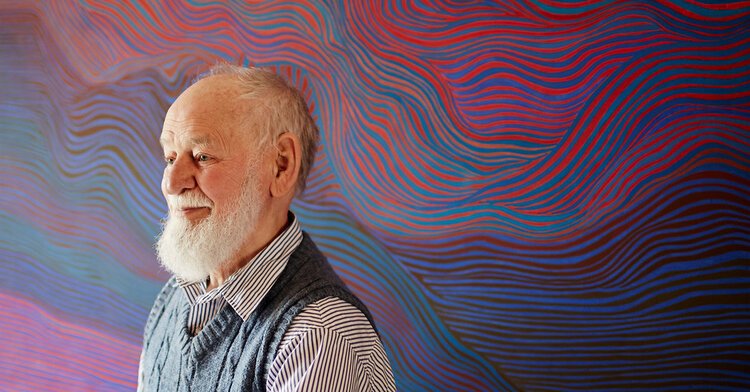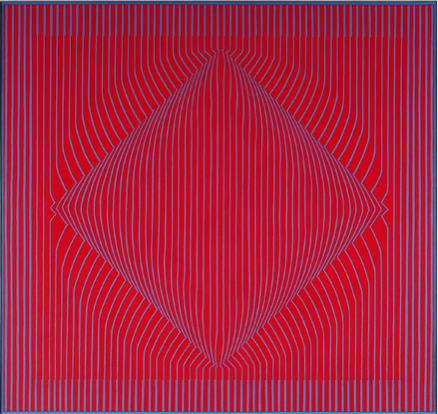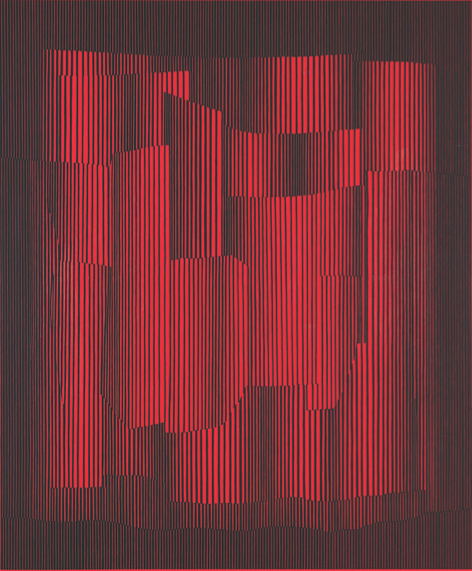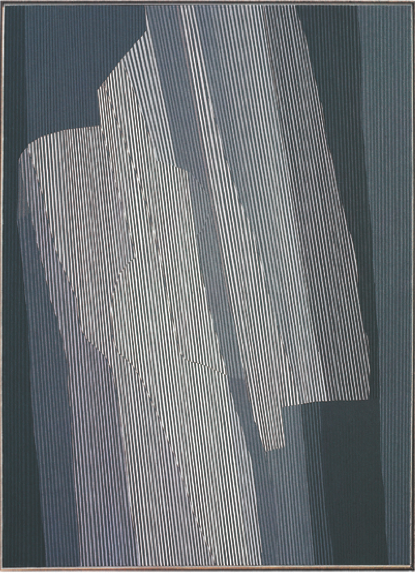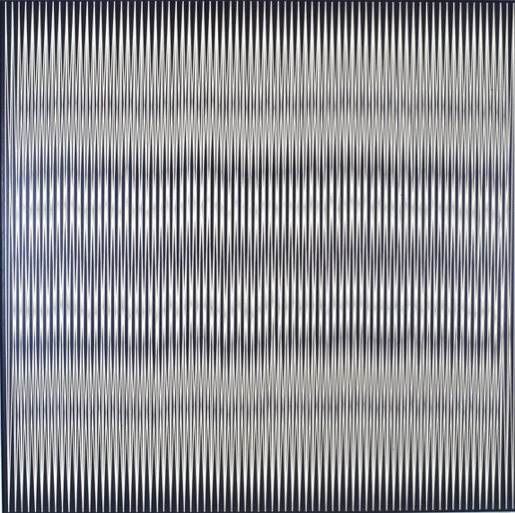Who Was Julian Stanczak? The Story Behind the Artist
Julian Stanczak, Biography and Art
Born in Borownica, Poland in 1928, Julian Stanczak lived a tumultuous childhood after the rise of Nazi Germany in WWII.
Deported to a Siberian Gulag at the young age of 11, Stanczak spent the majority of his youth on the run, hopping trains until finally landing at a Polish refugee camp in Uganda where he spent six years of his life. Unfortunately during his time in the refugee camp, he developed encephalitis. This ultimately left his right are unusable. He was forced to work solely with his left arm, yet despite this disability, he created wondrous works of art that appear to be made by the hands of many.
While in Africa, he discovered his love for art, saying, “(Africa) was a phenomenon that was absolutely fantastic, you know, performing every day for me to enjoy... I was moved by all this drama, and I wanted to capture it visually.”
After leaving Africa, Julian and his family moved to London, England where he took his first formal art classes at the Borough Polytechnic Institute.
His family was once again on the move, immigrating to the United States in 1950 and finally found a place to call home. Stanczak studied at the Cleveland Insitute of Art in Cleveland, Ohio before receiving his master’s from Yale University.
Optical Art
While Stanczak had been painting for quite some time, it wasn’t until 1965 that his name truly burst on the scenes at The Responsive Eye Exhibition in New York. The exhibition was meant to highlight an international art movement, and Stanczak was one of the stars.
This movement, shortened to Op Art, exploded shortly after the exhibition with Stanczak being at the center of the movement. In 1966, the magazine Art in America named him a “new talent” in recognition of his work.
“Although now considered groundbreaking for its emphasis on perception and its critical look at what a painting could be, the show was savaged by critics. Thomas B. Hess, writing for ARTnews, called the show a case of “acute Exhibitionemia,” for the way it lumped together unlike artists.”
A few critics recognized that Stanczak had a unique style, including Donald Judd, the artist and critic often credited with originating the term “Op art.” He wrote that Stanczak’s work had a “painterly expressiveness,” which set it apart from other Op Art. It engaged viewers and took risks.
Many of Stanczak’s works would lean toward bright-colored shapes and grids, creating shrill and jolting compositions. In them, there is movement. Very much like the movememt Stanczak had experienced while on the run in the early years of his life.
Explore Op Art for Sale in Our Online Shop
Continued Work
With his new-found fame, Stanczak performed numerous one-man shows over the next decade while continuing his career as an art professor at the Cleveland Institute of Art, where he was also recognized for his work in the classroom in 1970. Here, he taught numerous artists including April Gornik and Dana Schutz.
As Stanczak continued painting, his work began growing in complexity, at times using over 100 color mixtures in a single painting. Many consider his work during the 1980s to be his best work, as it combined simple designs and complex methods to make unique works. Stanczak continued working until his death in 2017 at the age of 88.
Stanczak’s Work on Auction This Month
Gray’s is hosting an auction this month on March 27th, where you can find one of Stanczak’s painting’s at this month’s auction. Figure, a 31X20 work of fine art, is unsigned but in good condition.
The current estimate for this piece is $15,000-$20,000.
Stay informed about the exciting and ever-changing world of art and auctions - whether you’re a seasoned collector or just getting your feet wet. We curate & deliver the most essential & exciting art and auction news, once a week (in a way that won’t make you fall asleep.) Sign up via the form below!

